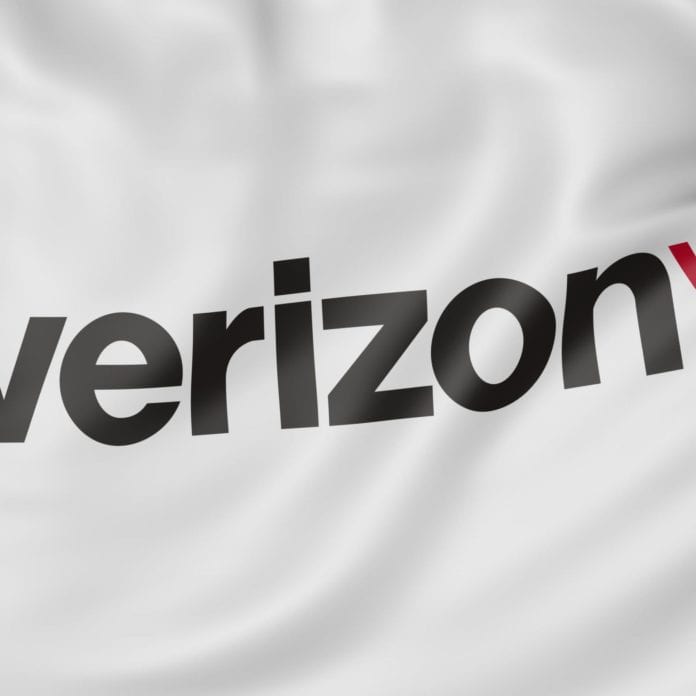Planned 5G fixed wireless for residential broadband is “first slice” of Verizon’s future offering, Vestberg says
With its Verizon 5G Technical Forum, and participation in the ongoing 3GPP standardization effort, Verizon has aggressively pushed to commercialize 5G services. Those efforts, for now, have resulted in plans to offer a 5G fixed wireless residential broadband service in the second half of this year beginning in Sacramento with expansion planned to up to four additional markets.
And that’s just the “first slice” of the carrier’s plans around 5G, Hans Vestberg, Verizon EVP, President of Global Networks and Chief Technology Officer, said during an interview at the Citi 2018 TMT West Conference.
Vestberg is referencing an emerging technology called network slicing wherein automation tools can create application-specific data pipes that connect users to services in a manner that optimizes the use of network and spectral resources.
“5G, from the beginning, was designed to be the industrial Internet sort of impacting our society. Of course, there’s going to be benefits from the — from consumers, but low latency down to milliseconds, throughputs over gigabits on the wireless networks, battery life up to 10 years, in some cases, five years to 10 years. Those type of things were designed for use cases that not typically might be the consumer use case.”
The residential broadband offering is designed for people who may be uploading large file or files, or using online gaming services. “That table,” Vestberg said, “they need low latency because it’s gamers. We’ll only give that table low latency. We don’t give them the throughput, the battery life nor the bandwidth. We don’t need that. That table, they need a lot of enormous throughput because they are doing something, I don’t know, sending pictures to someone, we’ll only give that. The latency is not important for them. That is a huge difference in 5G. So when we now started with our first slice, that was actually to use one slice to residential broadband. Meaning, we use that slice to say, ‘Okay, we do wireless the last mile based on the 5G design.'”
Another topic Vestberg hit on during the interview is the network edge, which is essential in delivering differentiated user experiences. Take that earlier example of gaming–as virtual reality gaming becomes more mainstream, users won’t adopt the tech if latency creates a laggy, potentially-nauseating experience. To make sure that doesn’t happen, service providers have to move compute and processing power closer to that user, closer to the edge.
“So think about it like this: from the data center, from the transport, the fiber, the core network, the routers, they are all the same,” Vestberg said. “And then at the edge of it, then we take the decision on what type of access you’re going to give. If it’s a card that needs connectivity, it might be 3G or 4G. If it’s a FiOS customer, it’s going to be a fiber or if it’s a 4G customer, it’s 4G.”
He continued: “There are two main reasons. One, in the new world of technologies where everything that benefits from being connected, you need actually to have a clean line of sight of technology all the way from the data center to the customer. And that means that in order to deliver these types of new services, low latency, things like that, you need to have this architecture. There are others, of course, that we can take out the local cost. So those are the two pillars in what we call the Intelligent Edge Network that we now are executing on…One is to be able to deliver new types of services all the way to the customers. The other is to take out cost.”
You can download the full interview here.

